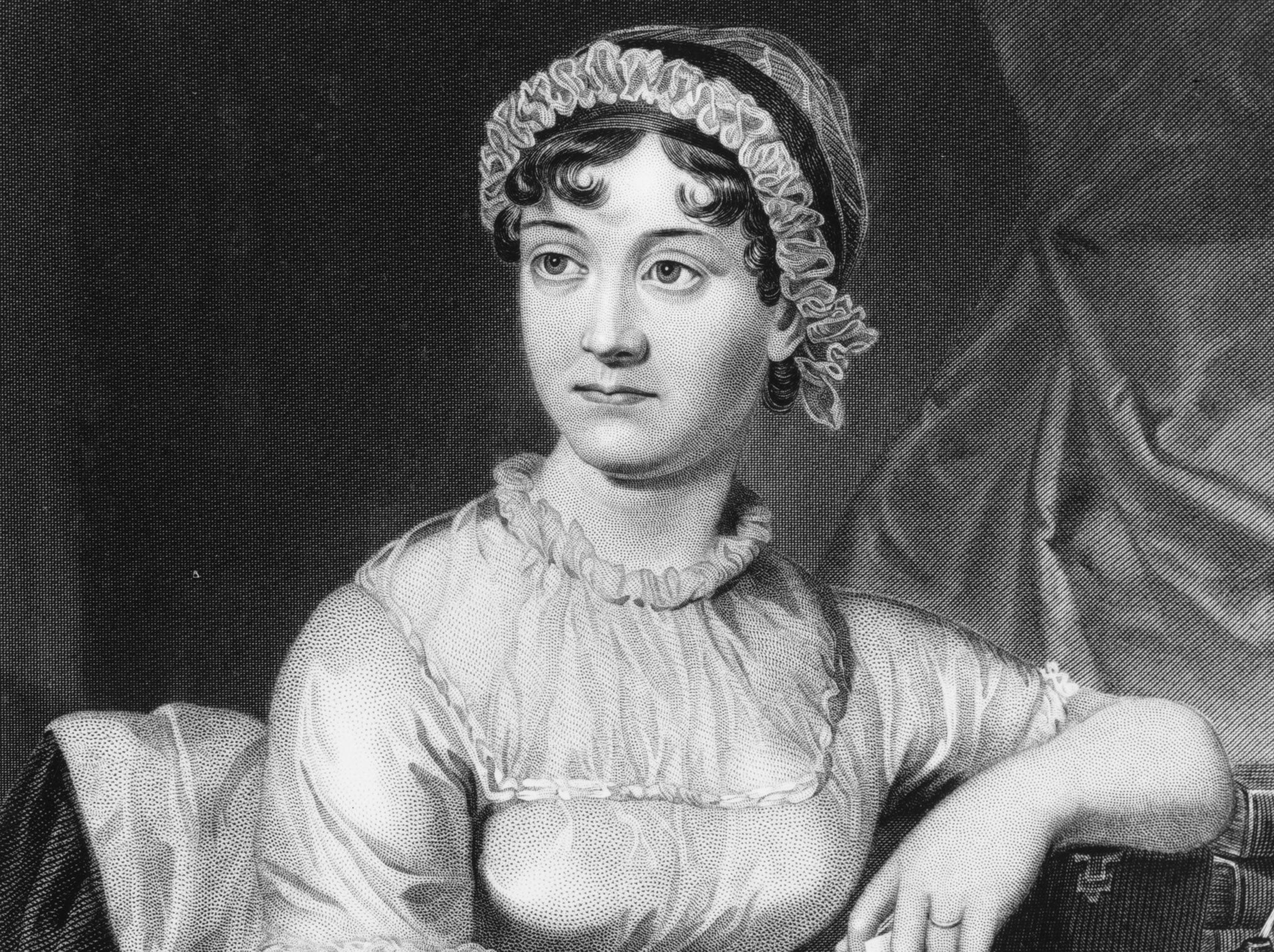So you think Jane Austen on bank notes would be progressive? We can do better than that
When even a Ukip MEP hardly known for his progressive views has endorsed the idea of Austen on a banknote, the argument is won. Let's go one better


My mother taught English in an inner-city school in Liverpool in the 1980s. Halfway through a lesson on Shakespeare, one of her pupils, a black boy from Toxteth, asked her: “Why should we listen to you?” Taken aback, she replied that Shakespeare was the greatest British storyteller whose plays were as relevant today as they were then. “Yes,” said the boy, “but why should we listen to you?” – meaning her personally, a white middle-class woman, talking about a white middle-aged man. My mother said: “OK, so who would you rather have as a teacher?” The lad, clearly thinking of the new signing Liverpool had just made, said cheekily: “John Barnes.” So my mum called Liverpool FC and asked if Barnes would come and take her class. And he did.
“Listen to Miss,” Barnes told the schoolchildren, who were speechless when the young football star walked into the room. He also told them why Shakespeare mattered to them, even though he was a white middle-aged man in a long line of white, middle-aged men who dominate our history.
I thought of what Barnes said this week when Sir Mervyn King, the outgoing governor of the Bank of England, tried to fend off criticism about the lack of a woman on the back of a banknote, once Winston Churchill replaces Elizabeth Fry on the fiver. King insisted that Jane Austen was “waiting in the wings” to be on a note, perhaps on the back of a £10, where she already exists on a contingency version. Even Godfrey Bloom, the Ukip MEP hardly known for his progressive views, has endorsed the idea of Austen on a banknote because she was “the consummate businesswoman of her age”. If someone like Bloom, who once told women to go and clean more behind their fridges, thinks our greatest female novelist has earned her place on the back of a £10 note, then the argument is won.
If we wanted to show the world that we are a truly progressive nation, we should have a black or Asian Briton on a banknote. It is not surprising that our national story is dominated by white men, given that they did most of the scientific discoveries, politics, literature and economics. They deserve their place in history.
But too often that story is seen through traditional eyes. The people on banknotes staring out at us are so familiar that they are part of our social wallpaper. They should not be just figures of history, representing a past achievement, but provide a contemporary source of inspiration. They should also evoke current challenges: what is going to unite us in the present, how do we live together in an ever-shrinking world? In a week in which we are reminded of the legacies of two important black figures, Nelson Mandela and Stephen Lawrence, it seems odd that, in 2013, all the faces on our banknotes are white.
This question feeds into the wider issue of education. Michael Gove’s obsession with traditional teaching is reflected in his rewriting of the national curriculum. The new primary curriculum will no longer include anti-slavery campaigner Olaudah Equiano. Only under pressure has Gove gone back on an idea to focus on traditional English role models like Churchill and the Victorian poet Christina Rossetti, and the new curriculum will include more modern figures like LS Lowry.
Putting a non-white face on a banknote would say that our country is best when we strive to be equal and progressive. Britain has a terrible history of imperialism, but it also has a story to be proud of. Mary Seacole, the Jamaican-born nurse whose work in the Crimean war surely deserves as much recognition as Florence Nightingale (formerly on a £10), would be an excellent candidate. As would John Archer, who was one of the first non-white people to be elected to public office when he became a councillor, and later mayor, in Battersea a 100 years ago. Equiano would also be a good choice.
The criteria for featuring on a banknote are pretty tough: the figures must be dead, have made a lasting contribution, not be controversial, and have broad name recognition.
There are not many black or Asian British figures in history who are household names. But then how many people have heard of Sir John Houblon, the former Bank of England governor on the current £50 note? Put Mary Seacole on the back of a £10 note, and let her become a household name.
Some say choosing a non-white face for a banknote would be tokenism. But it would also be about providing role models, and a greater sense of belonging, for ethnic minority children. We could be waiting a long time for a black or Asian prime minister to be elected to office, let alone the even longer wait for them to die, just so they become eligible to sit alongside Winston Churchill in our wallets. If tokenism is what it takes, so be it.
Mark Carney, who replaces Sir Mervyn as governor of the Bank of England next month, has already broken the rules – he’s a Canadian. Perhaps when the decision to choose who goes on a new banknote crosses his desk, he can break the rules again. Maybe he can scrap the requirement that the person should be dead. There’s a one-time Liverpool schoolboy who would like it to be John Barnes.
Join our commenting forum
Join thought-provoking conversations, follow other Independent readers and see their replies
Comments